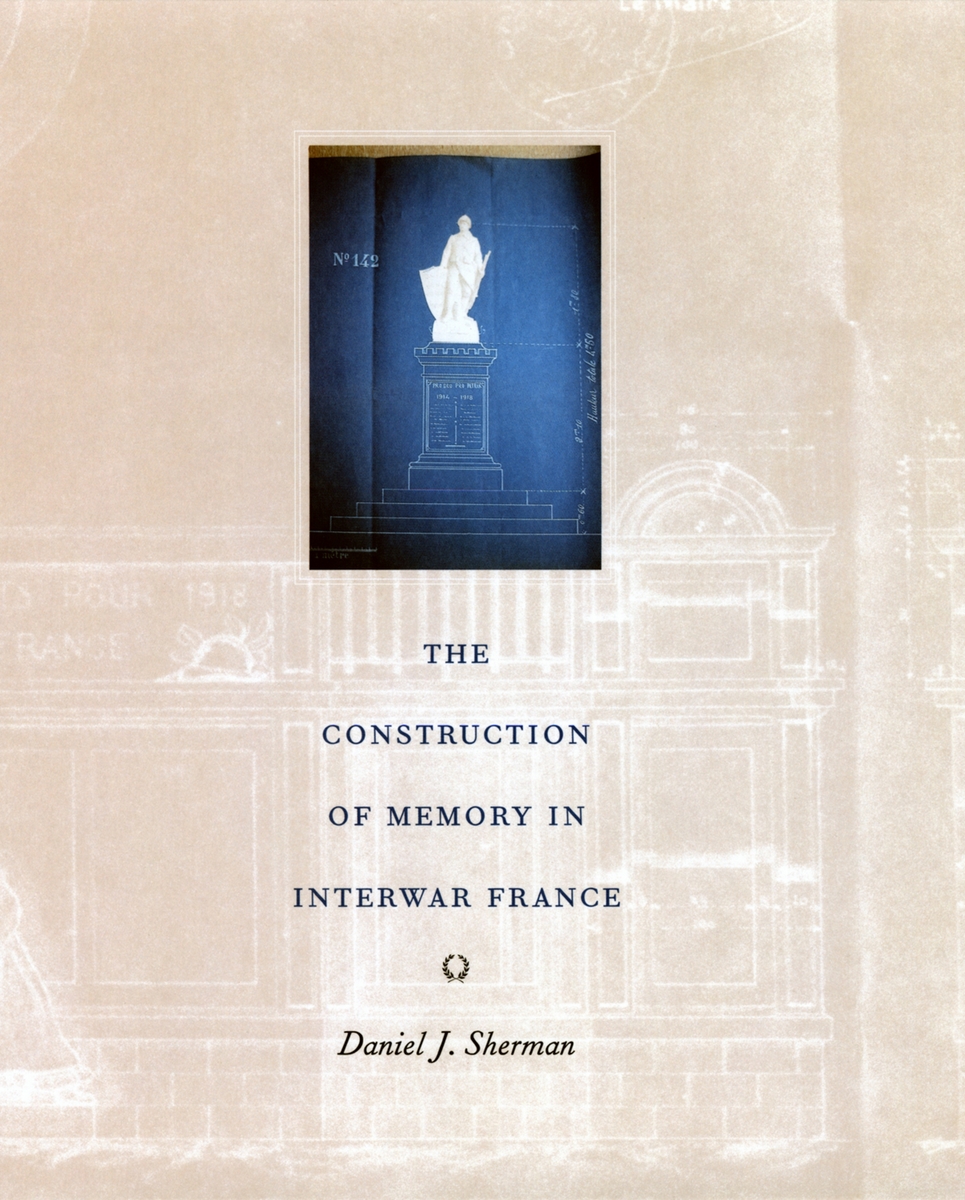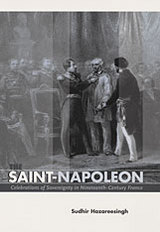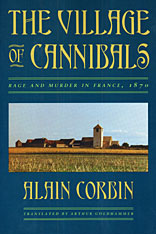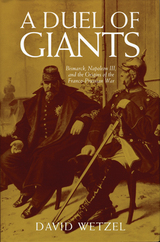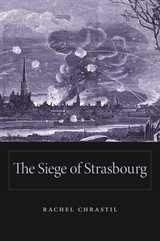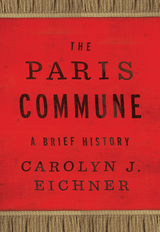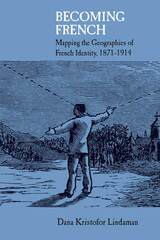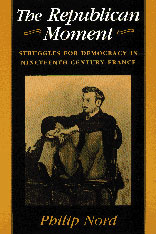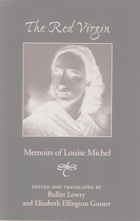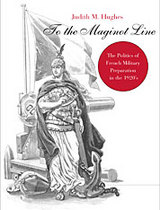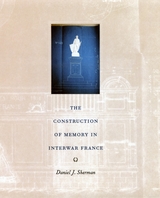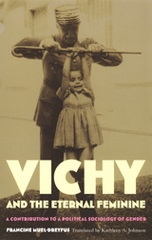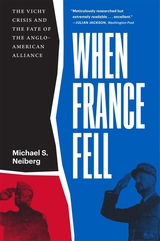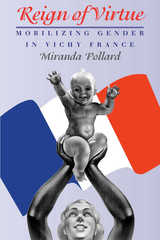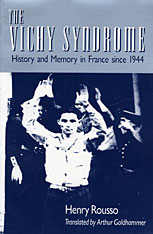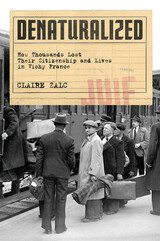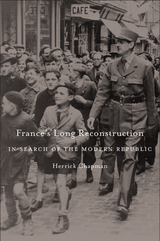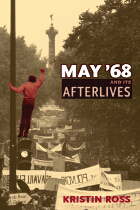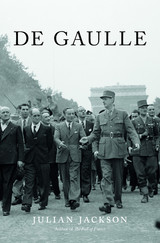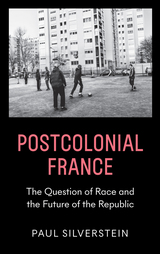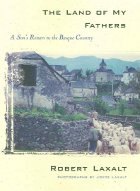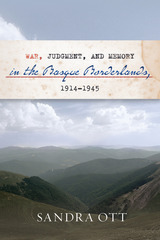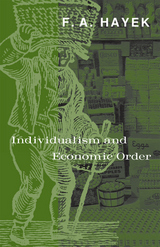The Construction of Memory in Interwar France
University of Chicago Press, 2000
Cloth: 978-0-226-75285-3 | Paper: 978-0-226-75286-0
Library of Congress Classification DC389.S437 1999
Dewey Decimal Classification 940.46544
Cloth: 978-0-226-75285-3 | Paper: 978-0-226-75286-0
Library of Congress Classification DC389.S437 1999
Dewey Decimal Classification 940.46544
ABOUT THIS BOOK | TOC | REQUEST ACCESSIBLE FILE
ABOUT THIS BOOK
One of the bloodiest conflicts in human history, World War I devastated France, leaving behind battlefields littered with the remains of the dead. Daniel Sherman takes a close look at the human impact of this Great War by examining the ways in which the French remembered their veterans and war dead after the armistice. Arguing that memory is more than just a record of experience, Sherman's cultural history offers a radically new perspective on how commemoration of WWI helped to shape postwar French society and politics.
Sherman shows how a wartime visual culture saturated with images of ordinary foot soldiers, together with contemporary novels, memoirs, and tourist literature, promoted a distinctive notion of combat experience. The contrast between battlefield and home front, soldier and civilian was the basis for memory and collective gratitude. Postwar commemoration, however, also grew directly out of the long and agonized search for the remains of hundreds of thousands of missing soldiers, and the sometimes contentious debates over where to bury them. For this reason, the local monument, with its inscribed list of names and its functional resemblance to tombstones, emerged as the focal point of commemorative practice. Sherman traces every step in the process of monument building as he analyzes commemoration's competing goals—to pay tribute to the dead, to console the bereaved, and to incorporate mourners' individual memories into a larger political discourse.
Extensively illustrated, Sherman's study offers a visual record of a remarkable moment in the history of public art. It is at once a moving account of a culture haunted by war and a sophisticated analysis of the political stakes of memory in the twentieth century.
Winner of the 2000 J. Russell Major Prize of the American Historical Association
Sherman shows how a wartime visual culture saturated with images of ordinary foot soldiers, together with contemporary novels, memoirs, and tourist literature, promoted a distinctive notion of combat experience. The contrast between battlefield and home front, soldier and civilian was the basis for memory and collective gratitude. Postwar commemoration, however, also grew directly out of the long and agonized search for the remains of hundreds of thousands of missing soldiers, and the sometimes contentious debates over where to bury them. For this reason, the local monument, with its inscribed list of names and its functional resemblance to tombstones, emerged as the focal point of commemorative practice. Sherman traces every step in the process of monument building as he analyzes commemoration's competing goals—to pay tribute to the dead, to console the bereaved, and to incorporate mourners' individual memories into a larger political discourse.
Extensively illustrated, Sherman's study offers a visual record of a remarkable moment in the history of public art. It is at once a moving account of a culture haunted by war and a sophisticated analysis of the political stakes of memory in the twentieth century.
Winner of the 2000 J. Russell Major Prize of the American Historical Association
See other books on: 1914-1940 | Construction | War memorials | World War I | World War, 1914-1918
See other titles from University of Chicago Press
